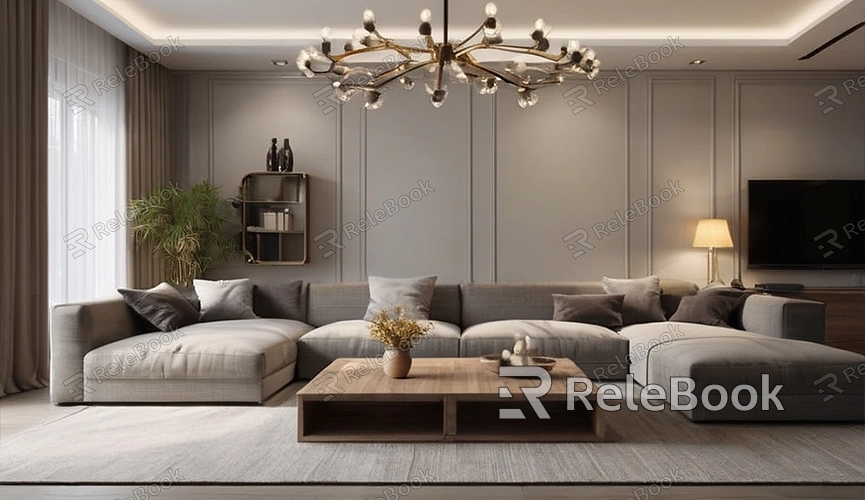3dsmax how texture walls?
In 3D modeling, applying realistic textures to walls is an essential step to bring scenes to life. In this article, we'll discuss how to add textures to walls in 3ds Max and share some texture mapping techniques and considerations.
1. Prepare Texture Maps
Before applying textures, it's crucial to prepare texture maps for the walls. You can find various texture resources on the internet, such as bricks, wood, paint, etc. Ensure the selected textures match the scene requirements and have appropriate resolution and quality.

2. Create Wall Models
Create models of the walls in 3ds Max. You can use basic geometric shapes like cubes, rectangles, etc., to construct the wall's shape or utilize polygon modeling tools to create more complex structures. Ensure the model's size and proportions align with the scene requirements.
3. Apply Texture Maps
Select the wall model, then open the Material Editor in 3ds Max. Import the prepared texture maps into the Material Editor and apply them to the surface of the wall model. You can achieve this by dragging the textures into appropriate channels like Diffuse, Normal Map, etc.
4. Adjust Texture Parameters
Depending on the requirements, adjust the parameters of the textures to achieve the desired effect. You can modify texture tiling and offset parameters, adjust reflection and lighting effects, and add surface details such as color variations or damage effects to make the walls look more realistic.
5. Render Preview
Render a preview in 3ds Max to view the texture effect on the walls. You can preview the rendering effect in the viewport in real-time or use a renderer for high-quality rendering previews. Make any necessary tweaks to the textures until you're satisfied with the results.
6. Final Rendering
After adjusting the textures, proceed with the final rendering. Select the appropriate renderer and settings, then start rendering the entire scene. During the rendering process, further adjustments to lighting, shadows, and materials can be made to achieve the best rendering effect.
Ensure the resolution and quality of the texture maps are high enough to avoid blurriness or distortion during rendering.
When adjusting texture parameters, maintain the proportions and scale of the walls to ensure the displayed texture effect aligns with reality.
You can experiment with multiple layers of textures to enhance the details and realism of the walls, such as adding paint, stains, or simulating aging effects on the walls.
Following these steps, you can easily apply realistic textures to walls in 3ds Max, making scenes more vivid and visually appealing. If you need high-quality 3D textures and HDRI or 3D model downloads while creating models and virtual scenes, you can download them from Relebook and directly import textures and 3D models into your project for use.

